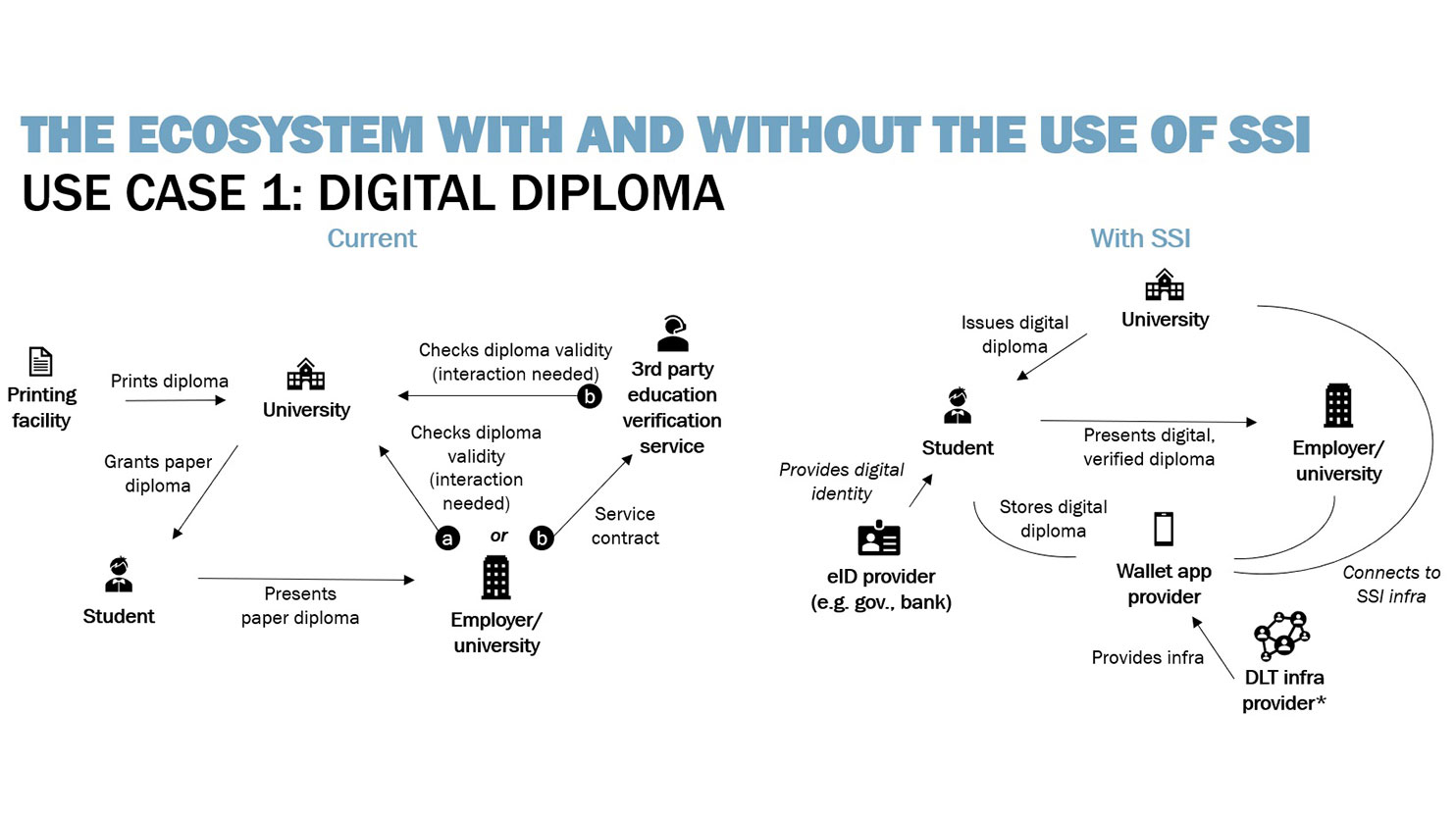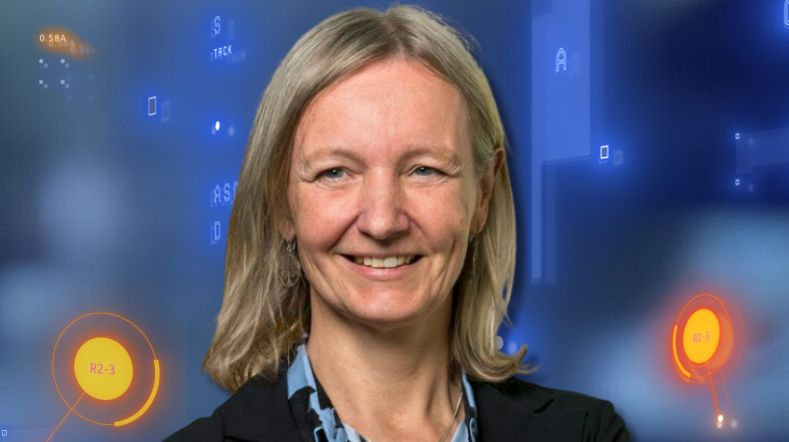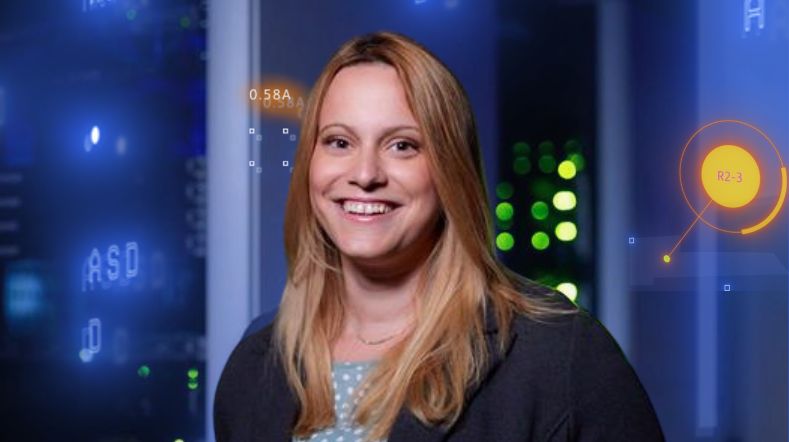The business side of SSI – what type of business model should I choose?
The technical maturity of SSI (Self-Sovereign Identity) is increasing rapidly, and at this point it is high enough to not be the main barrier anymore for adoption. However, technical maturity on its own is not enough to achieve large-scale usage. The business aspects around introducing digital credentials for SSI need to be clarified as well. More and more questions around this topic start to arise. How will the collaboration between organizations change once they adopt SSI? How will it change value exchanges and what type of business models do they need to adopt to create a level playing field?
To organizations considering adopting SSI it is often unclear what the business implications will be of this choice and are therefore hesitant to start with it. To help them, we have drawn up a few SSI business model options in the context of the TNO-Techruption research program. These can be used as inspiration. These also help in showing which aspects should not be forgotten when designing your own business model around SSI.
Our main conclusion is that for each individual case of SSI adoption, organizations will need to design a specific business model in collaboration with the parties who will take part in the change to SSI. There is no “one size fits all” or general blueprint.
We designed three business models for three different SSI use cases:
- Digital diploma exchange
- Know-Your-Customer (KYC) process of financial institutes
- Trusted communication channels for customer service.

The case that is most similar to your specific SSI implementation will most probably provide the most interesting insights, but there is something to learn from each of them.
It is important to realize that shifting to SSI will create a change in your current processes and collaborations. New roles might appear, some parties might disappear, there will be new efficiencies you can realize, but also need to invest, and even the governance will be affected. These changes need to be inventoried and addressed by the organizations.
It also needs to be examined who gets the main benefits from the new way of working, and who needs to make extra investments. Sometimes, revenue streams need to be redesigned or added to compensate parties whose contribution is essential for the ecosystem to work properly, but who are not sufficiently rewarded or incentivized to take part in the system.
These steps have been done for the three use cases in the report, which can be used as an example when you start this exploratory process together with your partners.
As a final word of advice, we would encourage you to take the lead if you want to take the step towards SSI, and start the conversation. Start business modelling together with the main stakeholders in your ecosystem, discuss together how the new situation should look like, which changes you want to make and how you will work on the identified challenges.
Details on the analysed business models
Please download the TNO-Techruption paper for details on the three analysed business models.
Get inspired
Digitalisation and sustainability: how AI can help


Time setter story: Kallol Das


Digital Product Passport


Time setter story: Annemieke Kips


Time setter story: Belma Turkovic


